There was a time, not so long ago that space was thought to be just an empty vacuum with a star here and there every couple of light years and maybe some of those stars had a few planets circling around them. The rest, all of that space between the tiny little balls of matter was nothing.
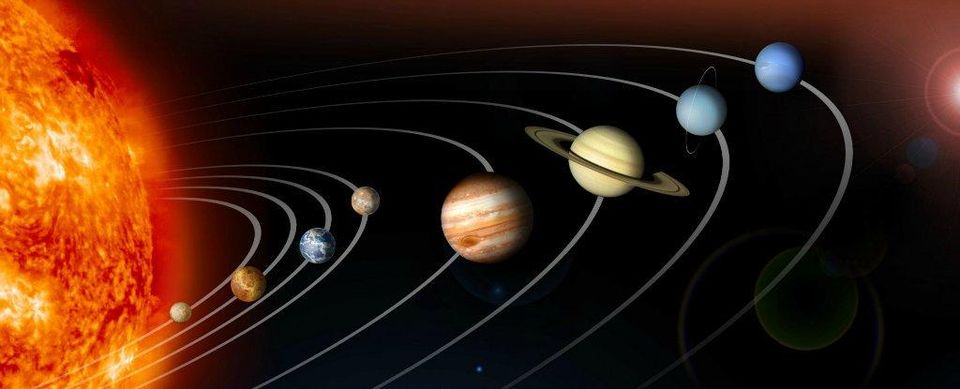
That all started to change in the 1950s as solar astronomers like Eugene Parker began to understand the stream of particles emitted by the Sun that they called the solar wind. At the same time other astronomers were paying closer attention to the clouds of dust and gas in the galaxy, developing as they did so the concept of the interstellar medium. Much of this work was carried out by the new science of Radio Astronomy because those particles between the big objects were often electrically charged and as they moved through the magnetic fields of the Milky Way, another discovery of the time, they gave off radio waves that radio telescopes could pick up. So space, which to us may seem like a vacuum, isn’t truly empty, there is matter out there between the stars.
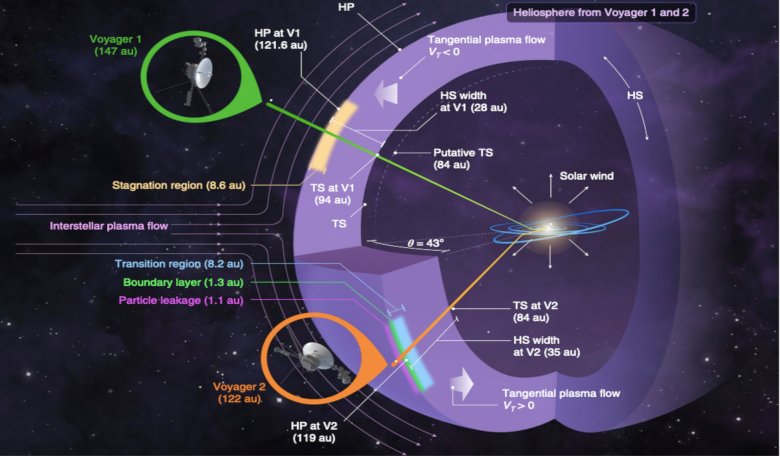
And where there is matter there can be structure as well. Using the results from radio surveys of the sky astrophysicist Jennifer West at the University of Toronto in Canada has suggested that our entire solar system, as well as the neighboring region of the galaxy may be inside a magnetic ‘tunnel’ made up of charged particles shaped by the galaxy’s magnetic fields.
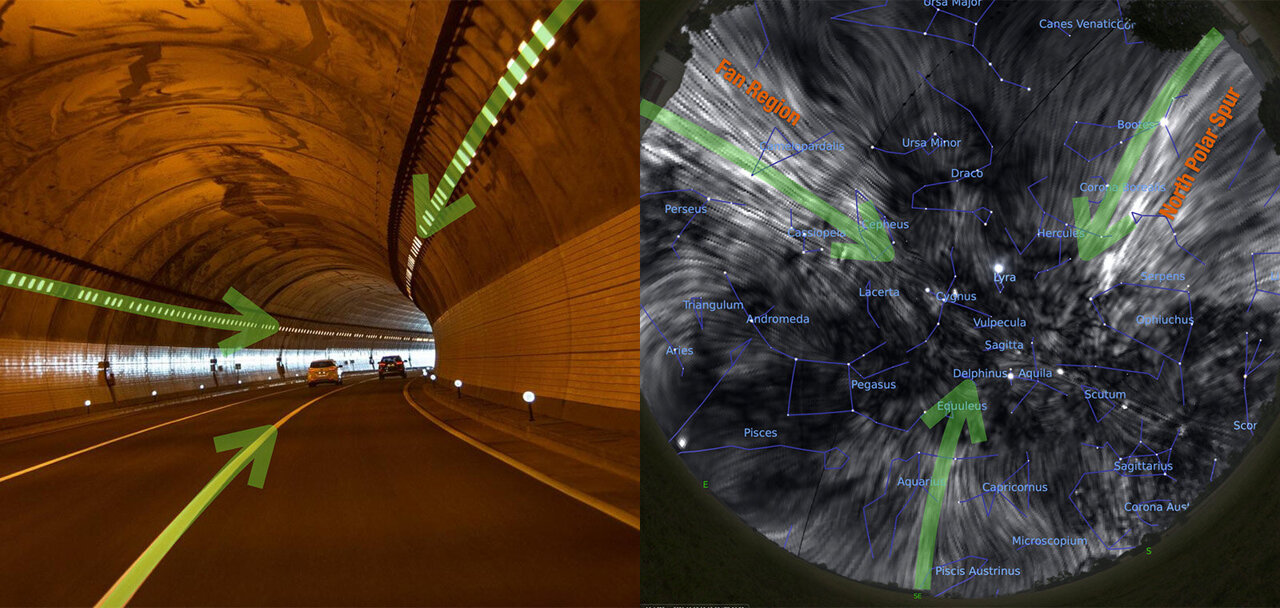
What Doctor West and her colleagues have done is to connect two well known, radio emitting regions in opposite areas of the sky into a single structure, with our Sun and its planets on the inside. These two regions, known as the ‘Fan region’ and ‘North Polar Spur’, are each shaped like long ropes and are about 1000 light years (ly) in length and 350 ly distant. West was able to connect these two separate objects by modeling them on a computer. According to Doctor West, “If we were to look up in the sky we would see this tunnel like structure in just about every direction we looked…that is, if we had eyes that could see radio light.”

The results obtained by Doctor west and her colleagues are an example of how important computer analysis has become in astronomy. Another example would be the latest cosmological simulation developed jointly by Flatiron Institute’s Center for Computational Astrophysics in New York City and Harvard’s Center for Astrophysics. The model is of a type known as an N body simulation where a certain number N of objects interact with each other gravitationally. Since every time you add one more body to your simulation it has to interact with every body your model already contains the size of such a program grows very quickly.

That makes the number of objects contained in the new simulation all the more impressive. The motions of 60 Trillion separate astronomical objects are being calculated along with the effects of every other object on their motion. The simulation has been given the name AbacusSummit and is being run on U.S. Department of Energy’s Summit Supercomputer at the Oak Ridge Leadership Computing Facility in Tennessee.
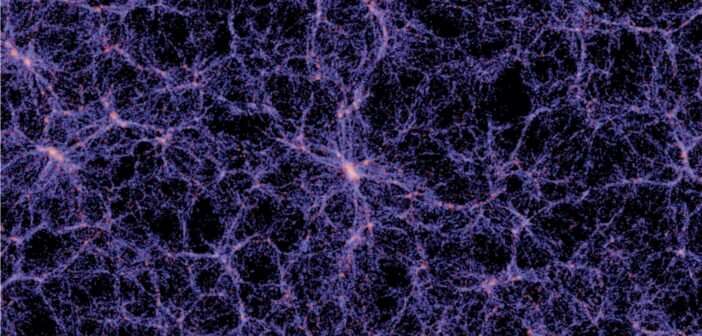
The developers of AbacusSummit hope to use the simulation as a test bed against which various theories of the Universe can be compared. In particular AbacusSummit will be employed as a tool for judging theories of Dark Matter and Dark energy.
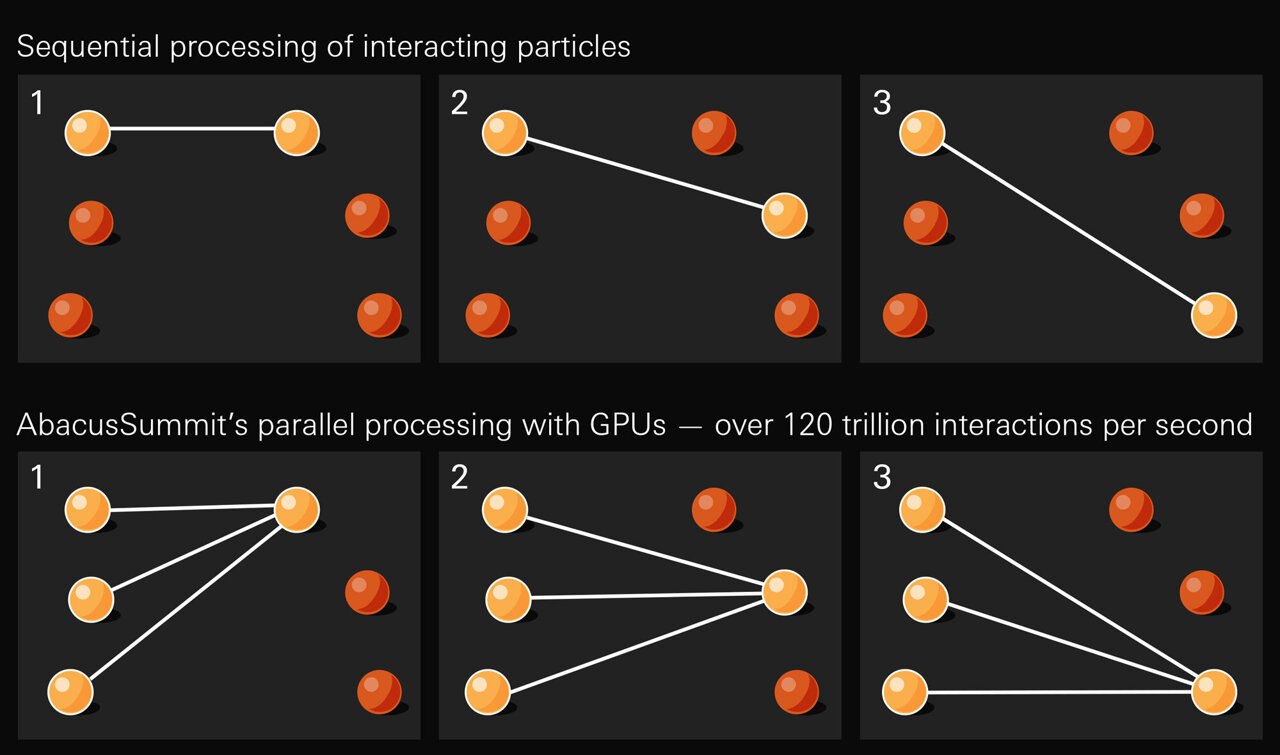
Over the next decade or so several major new surveys detailing the structure of our Universe will be competed. These surveys include newer, larger ground based telescopes like the Extremely Large Telescope (ELT) as well as new satellite observatories like the Euclid spaceprobe. According to Lehman Garrison, lead author of one of the papers published by the AbacusSummit team,”the galaxy surveys are delivering tremendously detailed maps of the Universe, and we need similarly ambitious simulations that cover a wide range of possible Universes that we might live in. AbacusSummit is the first suite of such simulations that has the breath and fidelity to compare to these amazing observations.”
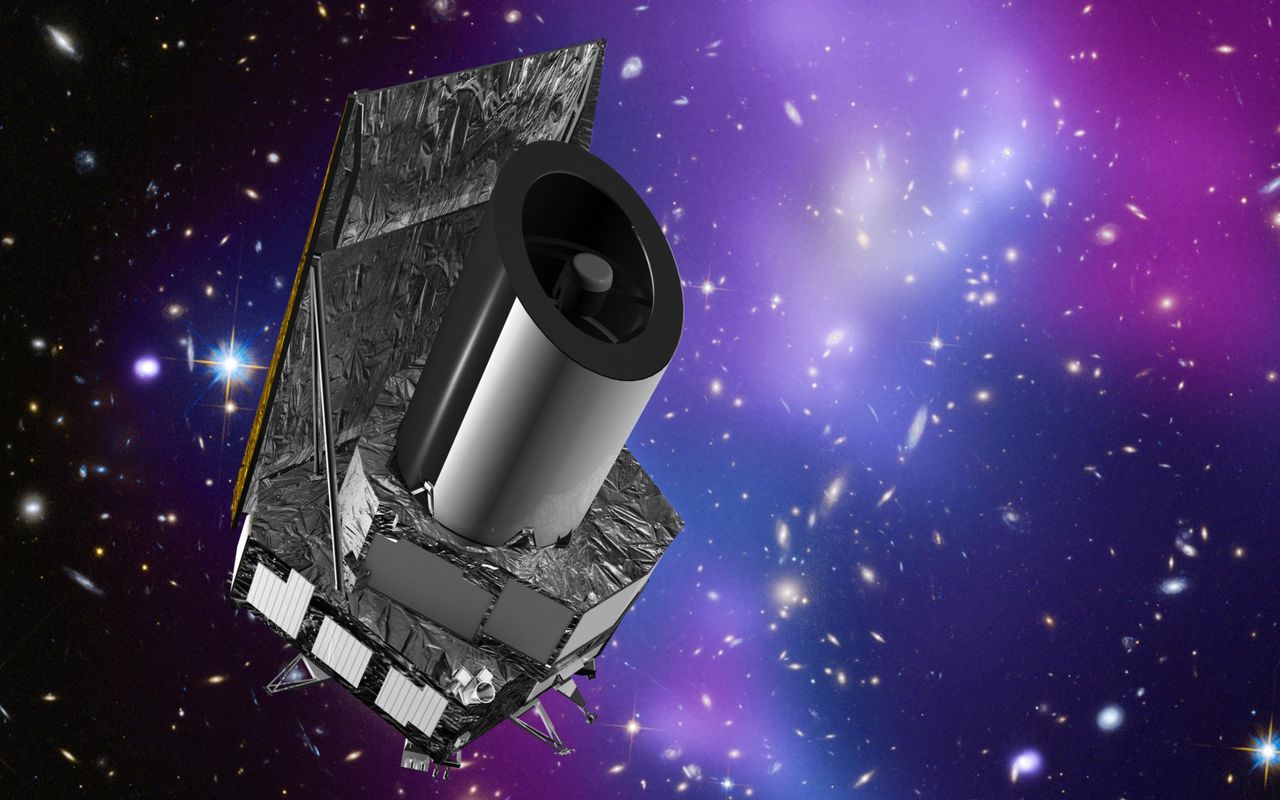
As a final story for this month I’d like to give an update on the Breakthrough Listen Project that I discussed in my post of 29 July 2020. Breakthrough Listen is a privately funded, by Russian billionaire Yuri Milner no less, project searching for evidence of radio signals coming from Extraterrestrial Intelligence elsewhere in our Galaxy. Breakthrough Listen is therefore a part of the wider Search for ExtraTerrestrial Intelligence (SETI) initiative.

Back in December of 2020 the Breakthrough Listen team found an intriguing signal coming from Proxima Centauri, the closest star to our own Sun and one of the many stars now known to possess planets. The signal coming from Proxima Centauri was christened BLC1 and possessed several of the characteristics that SETI researchers expect radio signals from alien intelligences to have. The most important of these characteristics being that it was contained within a narrow frequency band like an FM or TV channel instead of having a much broader frequency range as most natural radio sources do.
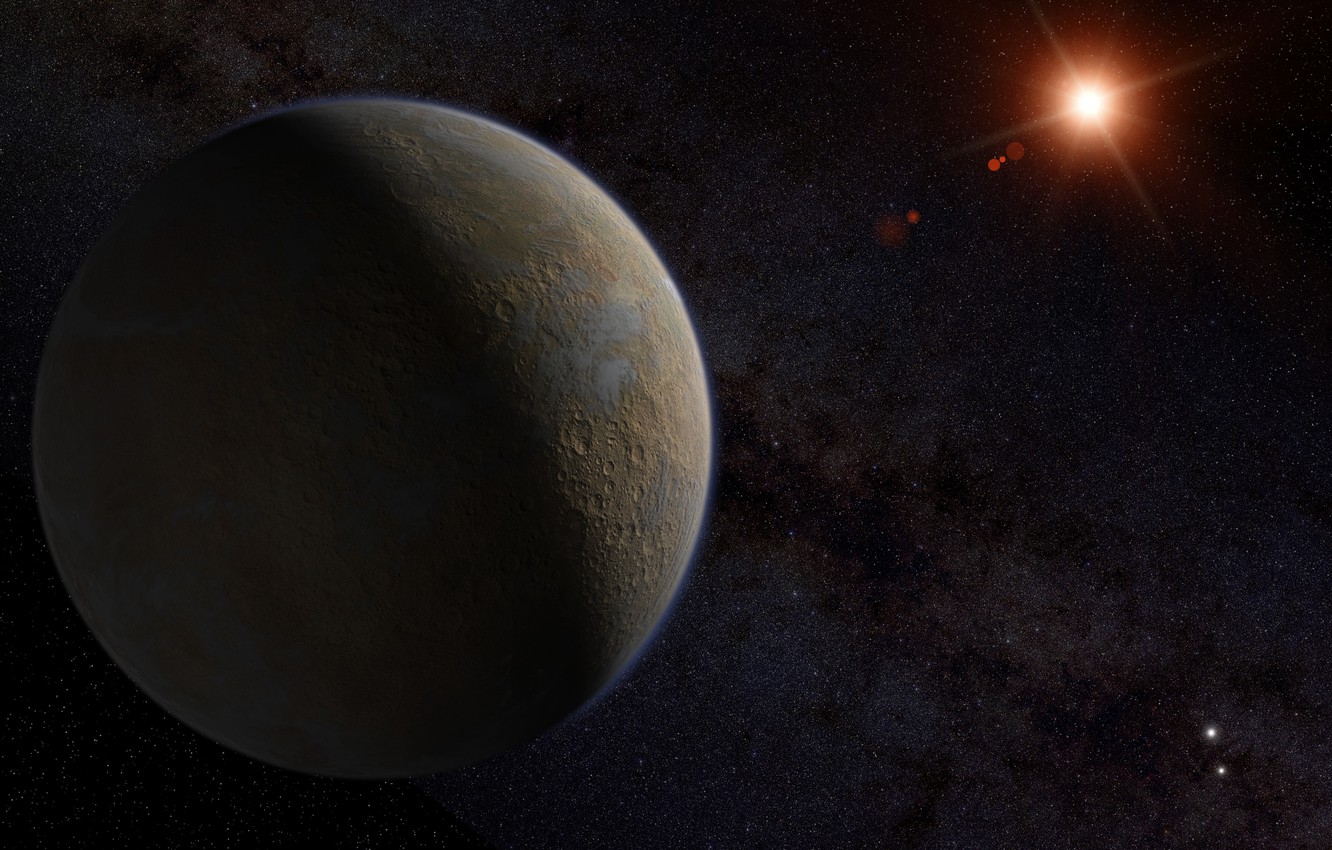
Although there was some mention of the signal in the media at the time the Breakthrough Listen team decided to keep quiet for the most part and study the signal further in order to gather as much evidence as possible before making what would be one of the most important claims in human history. And as so often has happened in the past 50 years when a potential signal from an ET has been picked up the true source of the transmissions turned out to be right here on planet earth.
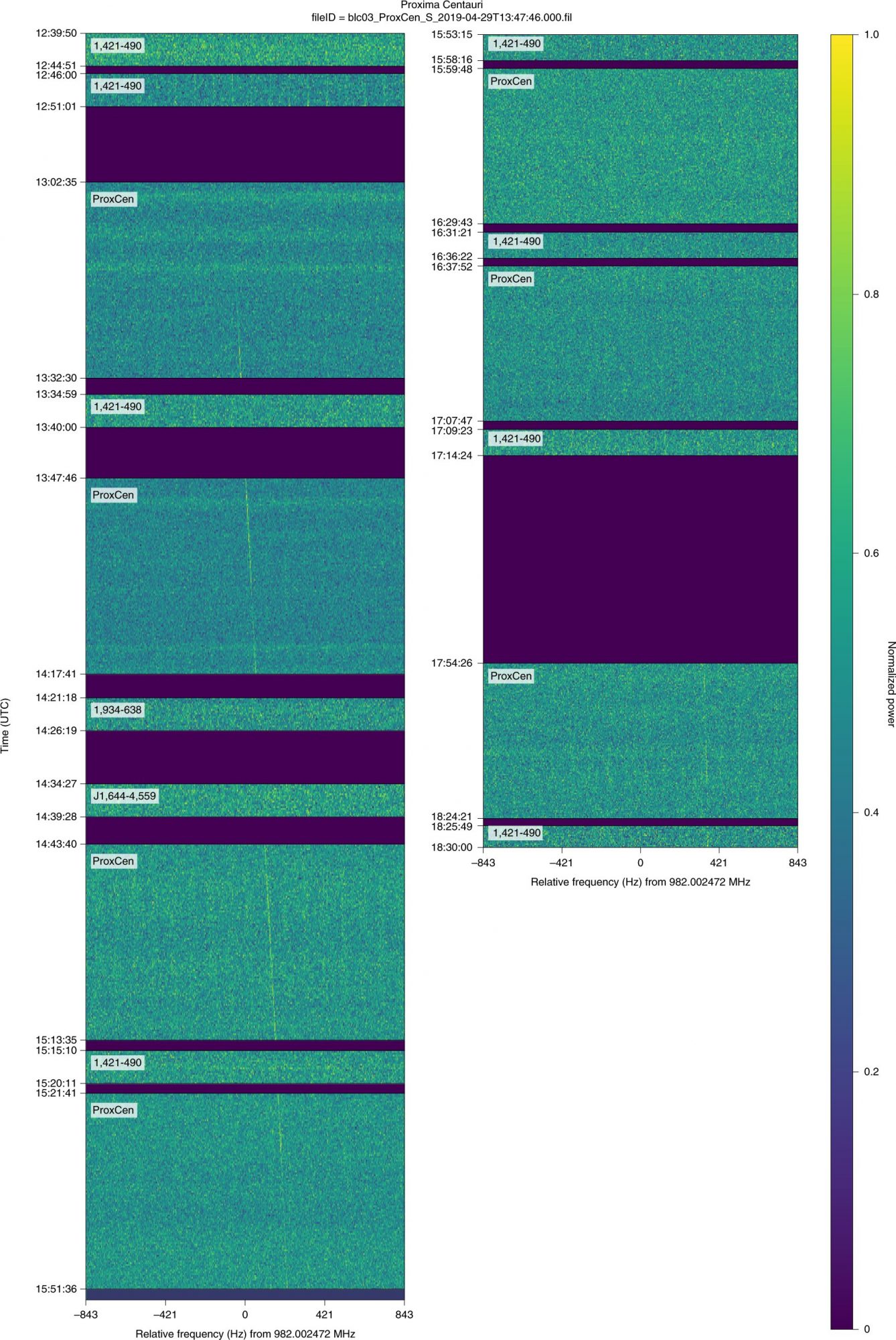
The researchers searched across the entire frequency range of the Parkes radio telescope and discovered ‘Lookalike’ signals coming from many parts of the sky, not just Proxima Centauri, showing clearly that they are of human origin. Exactly how the BLC1 signal was generated is not exactly known but the scientists speculate that an overdriven amplifier on some nearby transmitter of the main signal created what are known as ‘Intermodulations’. (Being someone who has often dealt with the problem of intermods I can only say that it very possible.)
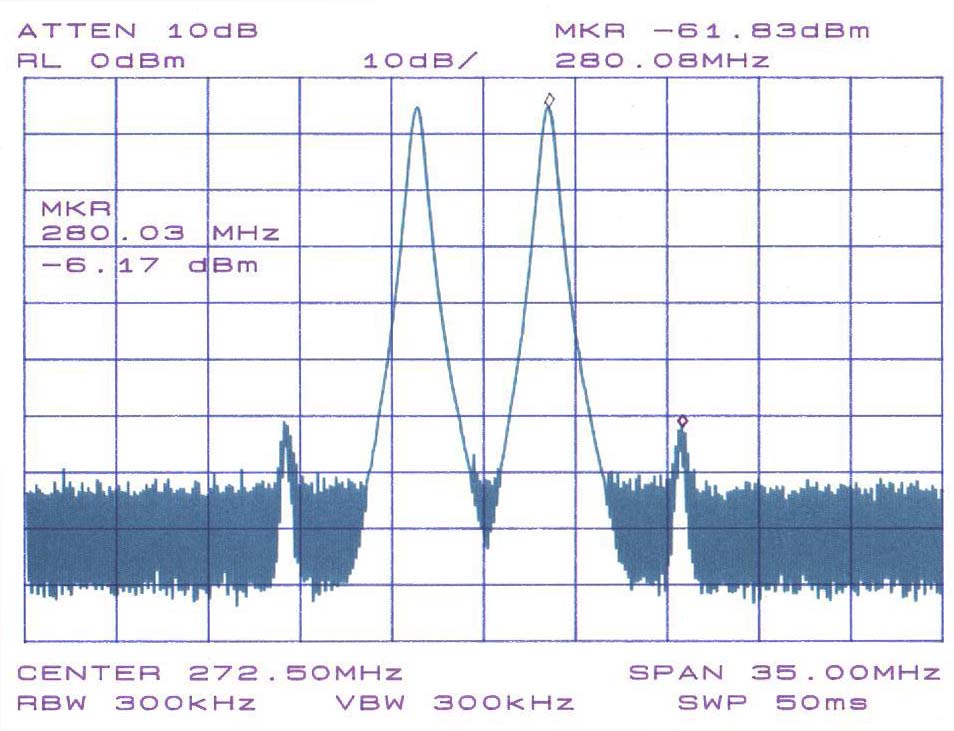
So once again a possible contact with ETs turned out to be something much more ordinary. Still the way that BLC1 was found, analyzed and eliminated as extraterrestrial in nature shows that the protocols developed by Breakthrough Listen are working. There’s a lot of Universe out there to be examined for intelligent life, we could discover it next week or a hundred years from now.
Till then we’ll just have to keep looking!
